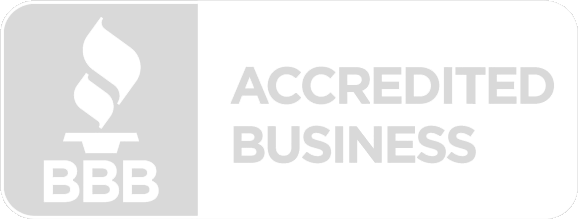How Chemical and Biological Buildup Affects Sewer Pipe Inspection
The Effects of Chemical Buildup on Sewer Pipe Inspection
Hard water, industrial waste, or household cleaning products usually cause the accumulation of chemicals in the sewers. These substances accumulate on the surface of the sewer walls. They create obstacles for the sewer pipe inspection as the camera vision is obstructed, and remaining defects (cracks, leaks, or corrosion) cannot be identified.
- Mineral Deposits – Hard water leaves calcium and magnesium behind, building deposits along the pipe walls. This creates false indications during an inspection. It may make it difficult to distinguish natural accumulation from real pipe damage.
- Corrosive Chemicals – Chemicals that corrode metal pipes can be found in industries and household applications. Corrosion and surface wear lead to rust formation on metal pipes. In sewer video inspections, corrosion may turn out as dark rough patches, which can sometimes be mistaken for blockages.
The Impact of Biological Buildup on Sewer Pipe Inspection
Biological buildup is caused when deposits of organic matter, such as greases, food particles, and sewage waste, accumulate in pipes. Such a buildup of contaminant also registers errors in the sewer camera inspection in three ways:
- Grease and Fat Sediments – With time, grease and fats inside sewer pipes solidify and create thick deposits, which result in the narrowing of pipes and adversely affect the flow of wastewater. Such deposits make distinguishing between blockages and structural damages from inspection difficult.
- Root Intrusion – While tree roots grow to get moisture and seek this through the smallest of cracks despite any scale, they sometimes grow to some extent inside the pipeline to cause more obstruction. Tree roots sometimes get entangled and block the camera’s progress at some specific location in the whole sewer line, thereby affecting the proper inspection of the entire line.
- Disposal of Waste – Bacteria and mold are not uncommon to be found inside the sewer lines, simply because they thrive on the matter for their food and thus adapt themselves to the place. These biofilm formations, which stick onto the walls of sewer lines, cause another source of difficulty when trying to trace leaks and cracks, which are sometimes considered signals of pipe deterioration.
Preventing Buildup for Accurate Sewer Inspections
Schedule a Sewer Pipe Inspection with C-N-I Locates
We at C-N-I Locates offer top-notch sewer camera inspection services to correctly identify underground pipeline blockages, leaks, and deteriorating structures. The key to our operations is placed on a heavily advanced technology that draws out the required result. Come to us for the best solution available.


